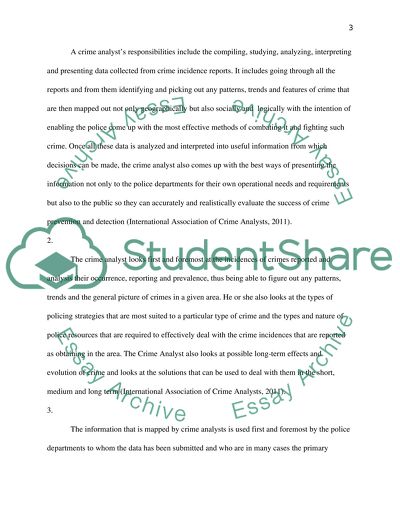Cite this document
(“Crime Analyst Assignment Example | Topics and Well Written Essays - 1000 words - 1”, n.d.)
Retrieved from https://studentshare.org/law/1622864-crime-analyst
Retrieved from https://studentshare.org/law/1622864-crime-analyst
(Crime Analyst Assignment Example | Topics and Well Written Essays - 1000 Words - 1)
https://studentshare.org/law/1622864-crime-analyst.
https://studentshare.org/law/1622864-crime-analyst.
“Crime Analyst Assignment Example | Topics and Well Written Essays - 1000 Words - 1”, n.d. https://studentshare.org/law/1622864-crime-analyst.


